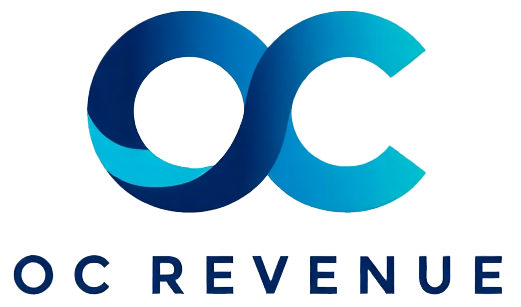Table of Contents
Recent Articles
5 Pillars of RevOps Strategy & Alignment for Future Readiness
Executive Summary:
Revenue Operations (RevOps) is transforming enterprise growth by aligning sales, marketing, and customer success functions to optimize revenue streams.
Adopting a well-structured RevOps strategy underpinned by technology and cross-functional alignment will future-proof organizations against market volatility and accelerate sustainable business performance.
Key Takeaways:
- Effective RevOps strategy drives cohesion between sales, marketing, and customer success teams to maximize revenue growth and retention.
- Leveraging analytics and sales technology enhances forecasting accuracy, pipeline visibility, and compensation optimization.
- Strong governance through stakeholder and change management ensures program adoption and organizational alignment.
- Cross-department collaboration combined with revenue intelligence enables precise customer journey mapping and multi-touch attribution.
- Consulting expertise accelerates RevOps maturity by embedding best practices, tools, and governance frameworks tailored to enterprise complexity.
5 Pillars of RevOps Strategy & Alignment for Future Readiness
Integrated Data & Analytics: The Foundation for Revenue Optimization

Centralizing data across sales, marketing, and customer success is the cornerstone of a high-performing RevOps organization. Enterprises often face fragmented data silos that obstruct a single source of truth needed for effective decision-making. By unifying disparate systems through data warehousing and revenue intelligence platforms, organizations can achieve improved pipeline visibility, accurate forecasting, and actionable performance benchmarking. This data integration enables real-time insights into customer behavior, health scoring, and churn prevention strategies essential for boosting retention and customer upsell opportunities.
Revenue attribution models, including multi-touch attribution, become more reliable with enriched analytics, facilitating clearer assessments of marketing handoff efficacy and impact on sales outcomes. Consulting engagements often focus on helping firms design their data architecture to ensure clean, consistent data flows that support actionable insights across the customer lifecycle. This foundational pillar enhances risk management by providing early warnings on shifts in lead quality and declining team performance that require intervention.
Case studies from leading enterprises demonstrate that embedding analytics in revenue operations reduces forecasting errors by up to 30%, streamlines territory and account management, and enables sophisticated sales automation that improves time-to-close. According to Gartner’s report on future-ready revenue operations, organizations that prioritize analytics integration significantly outperform peers in operational efficiency and revenue growth.
Aligned Team Structure & Collaboration: Breaking Down Silos for Growth

Cross-department collaboration is vital in RevOps to create seamless revenue enablement journeys. Traditional organizational structures keep sales, marketing operations, and customer success functions isolated, resulting in misaligned incentives, ineffective communication, and suboptimal customer experiences. Reconfiguring team structures around unified revenue goals — often with centralized RevOps leadership — ensures that stakeholders share accountability and leverage collective data for forecasting and pipeline management.
Successful enterprises implement regular joint planning sessions and use tools that support collaboration across territories and accounts. This approach harmonizes compensation models, training initiatives, and strategy execution, minimizing friction points during marketing handoff and customer onboarding phases. Additionally, it boosts journey mapping accuracy and improves customer experience by aligning messaging and support processes across touchpoints.
Consulting partners bring change management expertise to facilitate this cultural and organizational transformation, driving behavior change and stakeholder buy-in. Lessons from the Harvard Business Review highlight how aligned team structures empower customer success teams to contribute more effectively to cross-sell, upsell, and churn prevention programs. Streamlined collaboration also enhances revenue intelligence capabilities by capturing rich qualitative feedback that complements quantitative data.
Strategic Use of Sales Technology & Automation

The rapid evolution of sales technology and automation tools is redefining what enterprise RevOps functions can achieve. Intelligent automation of routine workflows—from lead scoring and campaign execution to compensation calculations and forecasting updates—liberates teams to focus on higher-value tasks. Incorporating AI-powered prediction tools, as highlighted in TechCrunch’s recent coverage, is elevating revenue operations by delivering sharper pipeline insights, dynamic territory optimization, and adaptive sales cadences.
Enterprises face challenges integrating new sales technology with legacy systems and balancing tool adoption with ease of use. Strategic consulting engagements address these challenges by conducting tool audits, deploying best-in-class platforms, and training personnel on new capabilities. This ensures that technology investments drive tangible ROI through improved revenue attribution, enhanced team performance metrics, and accelerated deal velocity.
Moreover, advanced sales automation supports effective revenue enablement by aligning marketing campaigns with inbound lead processing and customer onboarding workflows. Integrating compensation management within these frameworks enhances motivation and performance benchmarking, ultimately resulting in tighter alignment between effort and reward. Gartner’s analysis underscores that future-ready organizations adopt these tools not as standalone solutions but as components of a comprehensive, scalable RevOps ecosystem.
Governance, Change Management & Stakeholder Engagement
Every RevOps strategy must incorporate strong governance frameworks and proactive change management to ensure enduring success. Large enterprises often struggle with competing stakeholder priorities that can stall RevOps initiatives or fragment investments. Establishing a steering committee, defining clear roles, and aligning KPIs across teams helps establish accountability and smooth execution.
Change management focuses on communication strategies, training programs, and phased rollout plans to ease adoption of new processes and technologies. Engaging executive sponsors and frontline managers facilitates faster acceptance and scales best practices in territory management, compensation alignment, and revenue intelligence usage. Regular performance reviews and feedback loops also create mechanisms to course-correct and optimize strategy in real time.
Consulting firms provide invaluable expertise in stakeholder management, ensuring RevOps transformations are aligned with broader corporate strategy and operational realities. McKinsey & Company emphasizes that governance combined with continuous change management differentiates successful RevOps implementations, leading to consistent business impact and risk mitigation.
Customer-Centric Revenue Enablement & Lifecycle Management
The final pillar focuses on embedding customer-centricity into RevOps to drive expansion and loyalty. As competition intensifies, enterprises must optimize not only acquisition but also retention through sophisticated customer onboarding, health scoring, and lifecycle management programs. Effective RevOps strategies use customer success data in synergy with sales and marketing inputs to identify upsell opportunities and prevent churn.
Revenue attribution models refined with data from account management and customer experience teams unlock insights into which engagements drive genuine long-term value. Enhanced journey mapping paired with predictive analytics informs strategic decisions affecting pricing, renewal campaigns, and cross-sell offers. Consulting capabilities support the design of integrated workflows that align marketing handoff with onboarding and ongoing success activities, ensuring a seamless customer journey.
According to the Forbes article on the rise of Revenue Operations, this customer-centric approach to RevOps leads to improved customer satisfaction and measurable revenue growth. Enterprises that successfully implement these programs report improved performance against key metrics such as retention rates and customer lifetime value, reinforcing the business case for investment in RevOps excellence.
For Further Information
- The Rise Of Revenue Operations: How RevOps Is Reshaping Business Growth — Forbes
- How to Align Sales, Marketing, and Customer Success Through RevOps — Harvard Business Review
- AI and Automation are Driving the Next Wave of Revenue Operations Innovation — TechCrunch
- Future-Ready Revenue Operations: Adopting Technology to Scale and Align Strategy — Gartner
- The Imperative of RevOps: Unlocking Growth Through Cross-Functional Alignment and Automation — McKinsey & Company
Related Stories on the Web
The article on 5 Pillars of RevOps Strategy & Alignment for Future Readiness was hopefully useful in helping you understand more about the topic.

